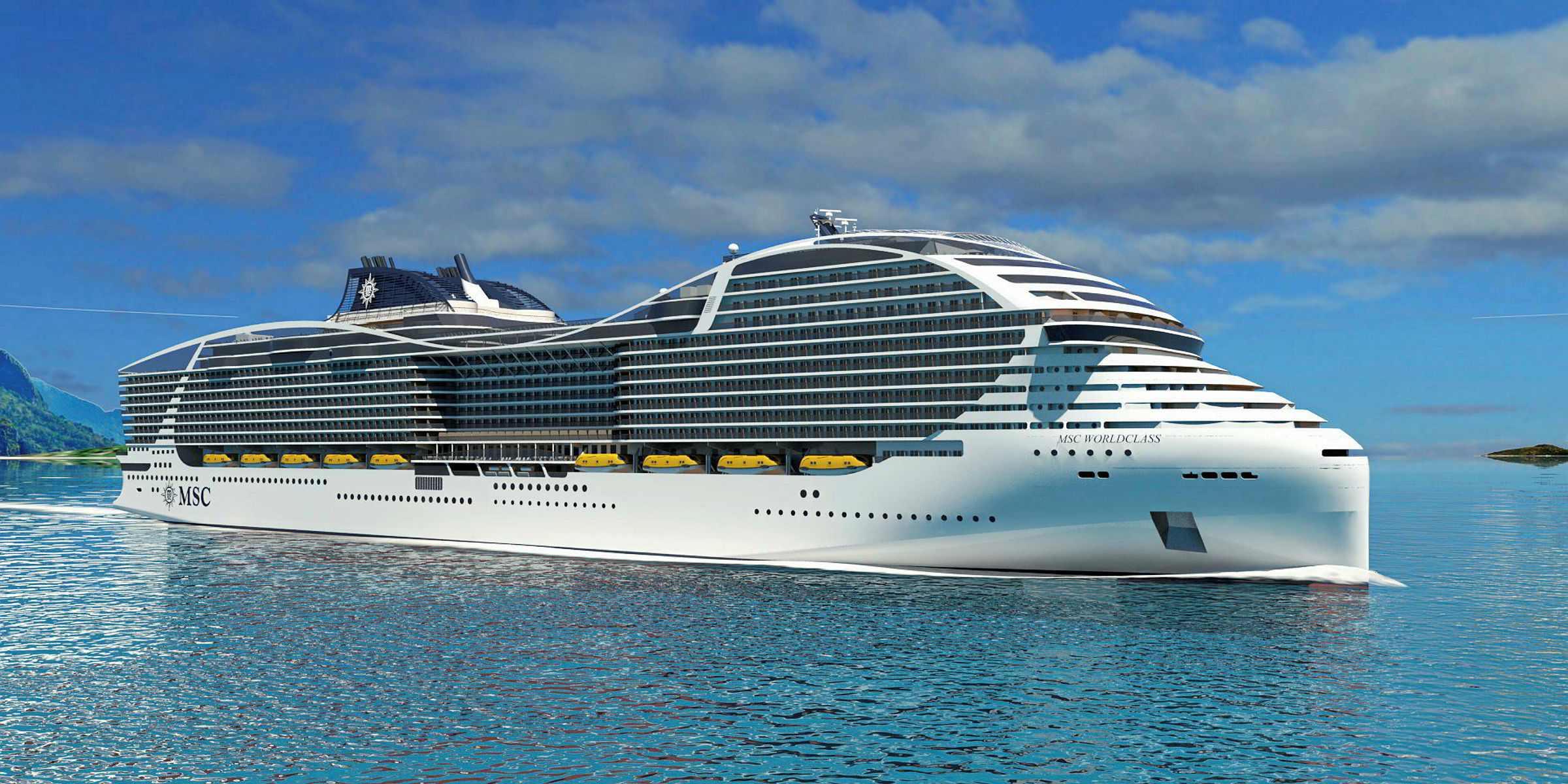There may be no fully LNG-fuelled cruiseships on the water as yet, but they are on the way.
Shipbuilders will deliver 133 LNG-fuelled newbuildings to various shipping sectors over the next six years, and 23 of them are passengerships ordered by six cruiseship companies, according to DNV GL statistics.
Carnival Corp has placed nine of those orders, while Hurtigruten has contracted six LNG-powered vessels.
Influx of cruise deliveries
More than two-thirds — 16 — of the 23 cruiseships will be delivered between 2021 and 2024, the Oslo-based classification society's records show.
"It looks like most cruiseship orders are LNG nowadays," says Gerd-Michael Wursig, business director for LNG-fuelled ships at DNV GL Maritime.
"The cruiseship companies have sent a clear message."
At the same time, DNV GL figures show 124 LNG-powered ships of all sorts — from ferries to tugs to tankers — are on the seas now, and another 110 non-cruise vessels will be built by the end of 2024.
"It [LNG] is much cheaper than marine gas oil," he says.
Marine gas oil costs about $695 per metric tonne, while LNG costs from 60% to 80% of that on an energy basis, according to numbers from the World Ports Climate Initiative. It is also more efficient, according to DNV GL, which defines energy basis as a way of comparing the efficiencies of fuel oil and LNG as they are measured in different ways.
The amount of heavy fuel oil and marine gas oil used by ships in 2016 accounted for a quarter of global diesel fuel and petrol production, DNV GL data shows.
Meanwhile, LNG produces one-quarter of the fuel-based energy for the world's ships but the fuel represents only about 10% of the overall gas market.
LNG use may be new for cruiseships but LNG carriers have burned LNG boil-off gas for decades, says Paul Nichols, a passengership lead specialist for Lloyd's Register Marine. "The use of LNG is not a new challenge," he says.




